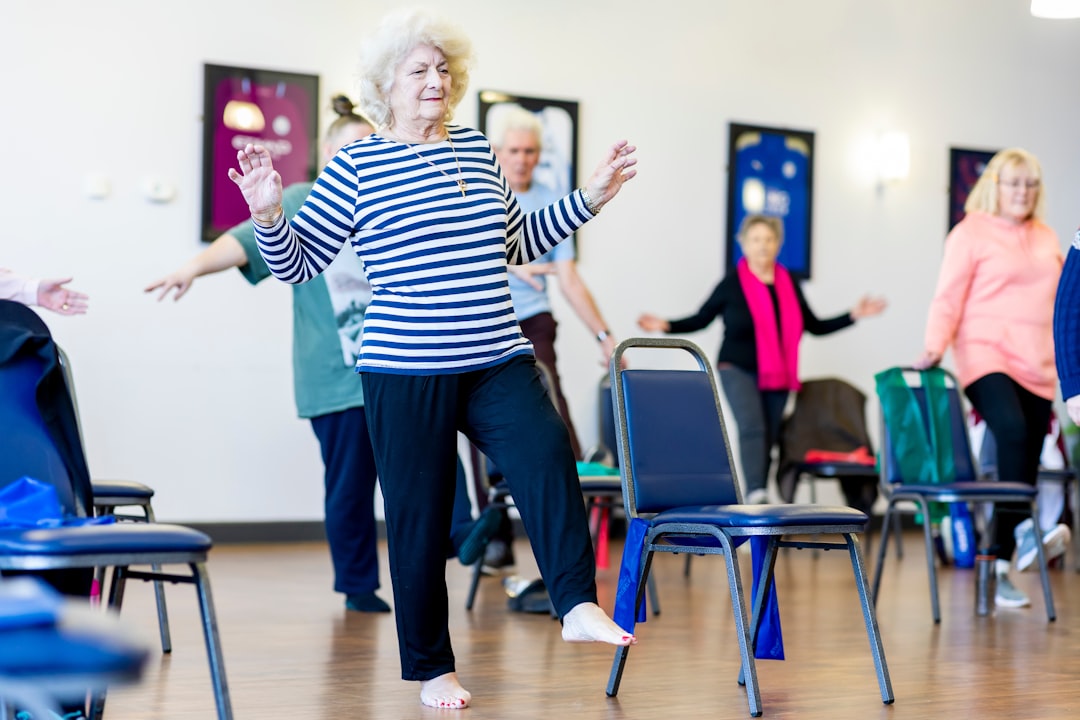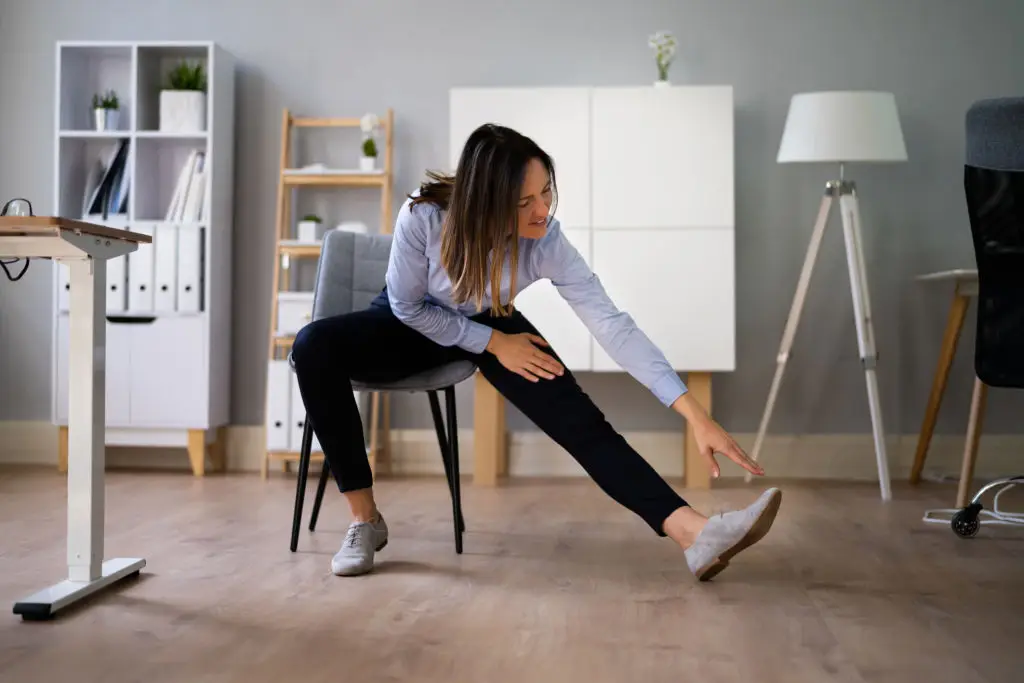Simple Post-Workout Habits to Reduce Lactic Acid and Skip the Soreness
3. Prioritize a short mobility sequence

A brief mobility routine restores joint range and keeps blood moving through areas that worked hardest. Focus on controlled, joint-focused moves such as ankle circles, hip hinges with a chair, shoulder rolls, and gentle spinal twists, performing two to three sets of eight to ten repetitions per joint. Move through a comfortable range without forcing tight spots; breathing steadily helps reduce tension while you move. For older adults with arthritis or stiffness, use a chair or wall for support and perform smaller, pain-free arcs of motion. The idea is to increase circulation and keep connective tissues supple, not to chase flexibility goals immediately after exercise. Doing mobility work three to five times a week, especially after training sessions, supports day-to-day function and reduces the mechanical stiffness that can make movement feel harder the next day.
4. Follow with light, targeted stretching

Light stretching after your cool-down can help muscles feel more at ease and restore comfortable length. Hold each stretch for about 20 to 30 seconds, breathing slowly, and aim for two to three stretches focused on the areas you used most during the workout. For example, after walking or cycling, gently stretch calves, hamstrings, and hip flexors using a chair or wall for balance. Avoid aggressive, bouncing stretches and never push into sharp pain. For older adults, shorter holds or fewer repetitions work well; even 10 to 15 seconds can provide benefit if that’s more comfortable. Remember that stretching is about comfort and movement quality rather than dramatic gains in flexibility. When combined with mobility work and light activity, targeted stretching helps muscles feel smoother and may reduce how tight they feel in the following days.
